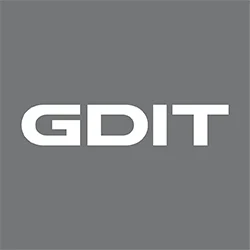Across the federal government – and across state agencies and the private sector too – organizations are creating roles like chief data officers, chief privacy officers, and chief artificial intelligence officers. These individuals in these roles are tasked with managing essential initiatives meant to help organizations effectively and securely manage and leverage their informational assets.
This is a good thing, and these are worthwhile and important endeavors. But the success of every one of them depends on sound data governance – and data governance policies that evolve to reflect the constantly changing state of play with regard to the information and tools available to us to use data to solve hard problems.
At its core, data governance is about a common language and understanding about an organization’s data. Who can use it? For what purpose? And what defines good data and trustworthy outputs? A chief AI officer might answer these questions differently than a chief privacy officer – but that doesn’t mean their interests are at odds with one another. Quite the opposite, actually. But there is some natural overlap in their roles, and clarifying their respective responsibilities and accountabilities is where data governance comes into play.
I think it’s helpful to think of data governance in terms of an organization’s story about its data.
The Setting: Just like a good book describes the scene, data governance gives you information about the data so you can get intelligence from the data. A mature data governance program publishes metadata that enhances the decisions made using the data. Business glossaries, data dictionaries, data catalogs, sensitivity definitions, knowledge graphs, and data policies and standards all help organizations paint a consistent data picture.
The Characters: An organization’s data story can be full of main characters, all with different data roles. These main characters are the clearly identified data owners and stewards who not only provide accountability for the quality of data but also allow for tough decisions to be made about the access and use of data – either by users or systems.
The Plot: Defining who can do what with the data is another indicator of a mature data governance program. More than about mere permissions, data governance defines what an organization’s data is capable of supporting based on its origin, quality, owner, accountability and purpose. Just as characters navigate challenges and risks to receive ultimate rewards, good data governance program decreases data-related risks and improves both efficiency and the customer experience.
The Ending: All stories have an end, and each organizational data asset’s value eventually expires as well. A mature data governance program addresses the data lifecycle and prevents outdated information from impacting search-driven or data-driven decisions through data retention standards and processes.
As organizations continue to lean on their newly minted chief data officers, chief privacy officers, chief AI officers – and as those roles continue to expand and evolve – it’s important to consistently apply data governance principles and policies to maximize the value and minimize risk. Organizations should consider the “story” they want their data to tell and work to make each office’s efforts infinitely more successful.






